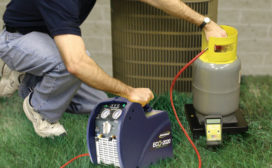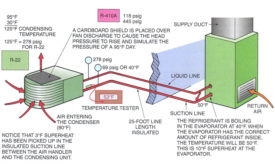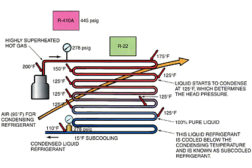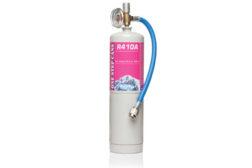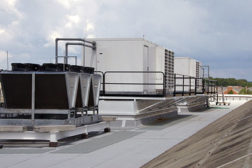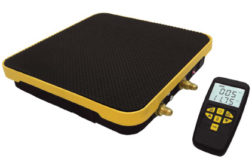Home » refrigerant charging
Articles Tagged with ''refrigerant charging''
Members of The NEWS’ Trainer Panel provide methods and advice for an overcharged system
Read More
Ice Breaker: The Value of Remembering the Basic Cycle
Systems will provide clues to their performance — techs just have to look for them
Read More
Self A/C System Recharge Kit Flies in the Face of Logic
TV Commercial Sparks Memories of (What Should Be) Days Gone By
Read More
Microchannel Coils Heading Toward Refrigeration Applications
Residential Market Expands to Commercial HVAC; Refrigeration on Deck
Read More
Copyright ©2024. All Rights Reserved BNP Media.
Design, CMS, Hosting & Web Development :: ePublishing
